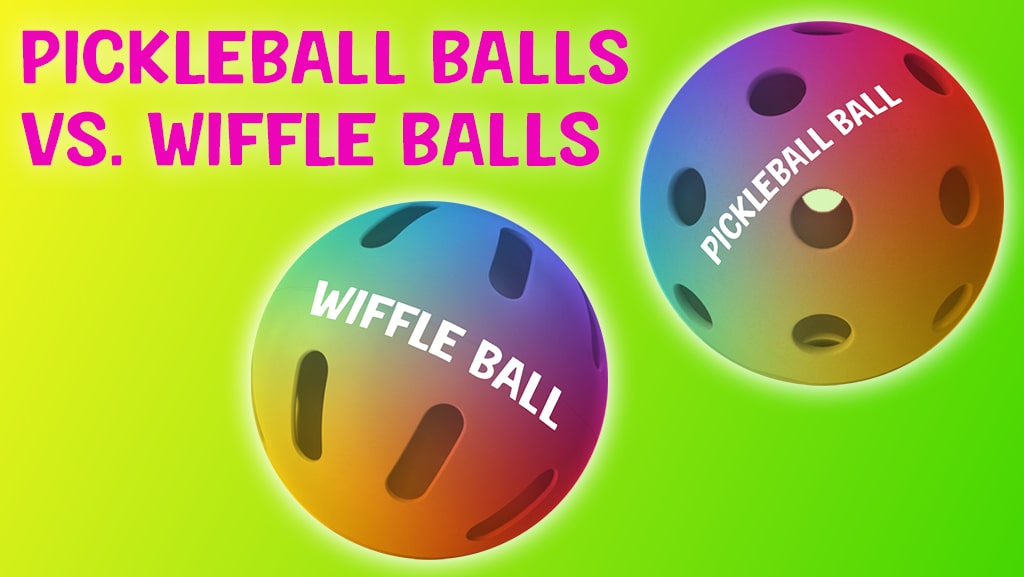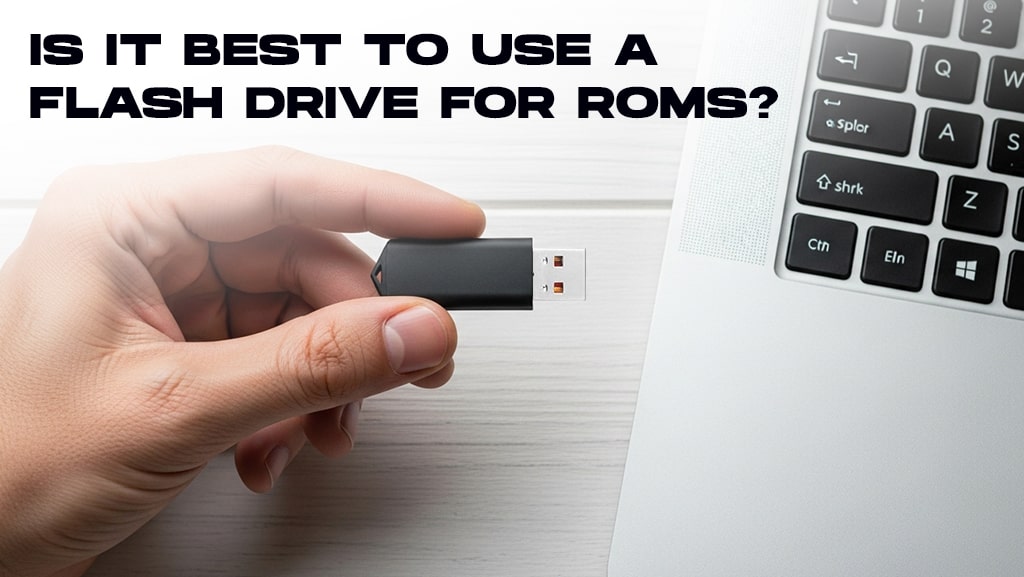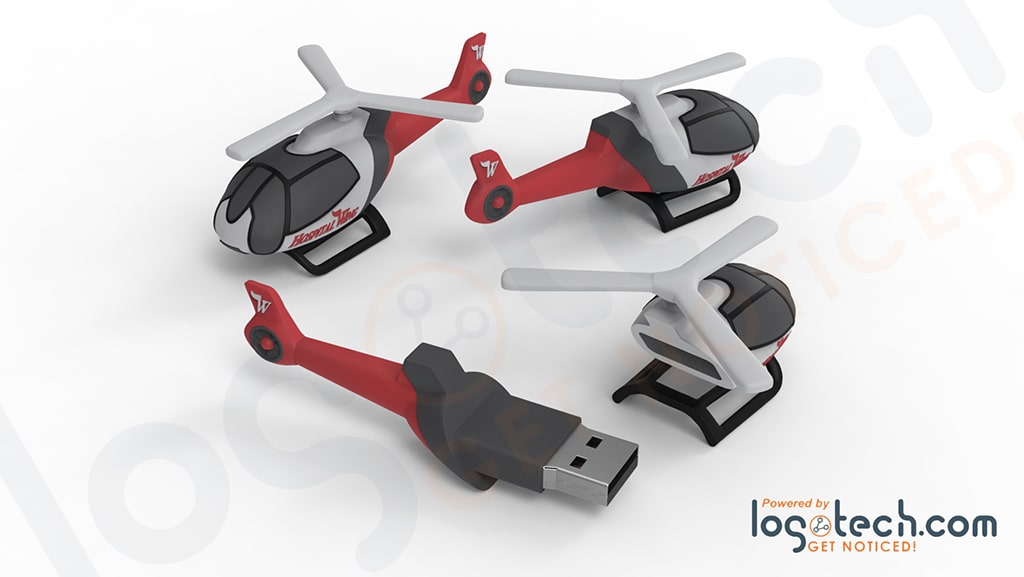
The Difference Between A Pickleball Ball and a Wiffle Ball
Are Pickleballs and Wiffle Balls the Same?
Wiffle ball and pickleball are major backyard sports, each bringing its unique blend of fun, strategy, and accessibility to players of all ages. The sports share a love for perforated balls that dance and dart through the air, but their similarities end there. Wiffle ball, with its lightweight, hollow ball featuring oblong holes, invites players into the art of pitching with curveballs and sliders that mimic baseball's complexity. In contrast, pickleball, using a ball punctuated with round holes, merges elements of tennis, badminton, and table tennis, creating a paddle sport known for fast-paced rallies and strategic depth. In this article, we'll explore questions like: what ball do you use for pickleball? What is a pickleball made of? And, how do the different designs affect gameplay?
Wiffleball: A Family Invention
The story of the Wiffle ball began in Connecticut when David N. Mullany designed a ball that would allow his son to throw curveballs without arm strain. His 1953 invention, born out of backyard play, quickly became a nationwide phenomenon! The unique design of the Wiffle ball, with its characteristic oblong holes on one side, was engineered to mimic the aerodynamics necessary for pitching a wide array of baseball-style pitches without the need for excessive force. The game mimics the sport of baseball in most of its rules. Its name, "Wiffle," a riff on the colloquial term "whiff," which in baseball slang means to swing and miss, shows the fun and challenge of mastering its unpredictable flight patterns.
Pickleball: A Fusion of Sports
Pickleball was created in 1965 on Bainbridge Island, Washington. Invented by Joel Pritchard, Bill Bell, and Barney McCallum, the game was a solution to their children's boredom during the summer. Without the equipment necessary to play badminton, they improvised, creating paddles from plywood and using a perforated plastic ball. Pickleball's rules were designed to include elements of tennis, badminton, and table tennis, creating a unique, new game. According to popular belief, it is named after Pritchard's dog, Pickles, who would chase after the balls during the game.
Design Differences
Wiffle Balls: Mastering the Art of the Pitch
The Wiffle ball, an icon of American backyards, is designed for motion off the mound. The ball is crafted from lightweight, durable plastic, typically measuring between 2.8" and 3.5" in diameter, ranging from the size of a baseball to the size of a softball. Its most distinctive feature is the pattern of oblong holes that perforate one hemisphere. These eight holes are not a design quirk; they're the heart of the Wiffle ball's unpredictable flight behavior! When pitched, the air flowing through these holes allows the ball to curve, dip, and soar in ways that challenge the batter's skill and perception. This design encourages a range of pitches, from curveballs to sliders and knuckleballs, without the pitcher needing to exert the force required for a baseball.
Pickleball Balls: Precision in Play
In contrast, the Pickleball ball is designed with precision and control in mind. Similar in concept, with holes to disrupt airflow, the likenesses end there. The pickleball ball material is harder plastic and heavier, weighing 0.78 to 0.935 ounces. A pickleball ball's size is slightly larger than a Wiffle ball, with a diameter between 2.874" to 2.972". There are two types of pickleball ball, with 26 round holes for indoor balls and 40 for outdoor variants. The holes are evenly spaced, promoting a stable and predictable flight path. Outdoor balls have more holes to withstand the wind. With a slightly heavier build and smaller holes, the game can be unaffected by the elements.
Playing Dynamics
Wiffle Ball: The Dance of Aerodynamics
The design of the Wiffle ball deeply influences its playing dynamics. The ball's light weight and the effects of the oblong holes mean that pitches can curve dramatically, often in unexpected directions. This unpredictability requires batters to develop keen hand-eye coordination and pitchers to master the art of deception. The influence of wind can magnify these effects, making the game even more challenging and exciting!
Pickleball: Strategy and Speed
Pickleball's playing dynamics are shaped by the design of its ball to emphasize strategy, placement, and speed. The pickleball ball's heavier weight and round holes produce a more predictable flight path, which changes the focus from reacting to unpredictable movements to strategic play. Players must think several moves ahead, positioning themselves and aiming shots with precision to outmaneuver their opponents. Wind plays a role in outdoor games, but the design of the outdoor ball mitigates its impact, ensuring that skill and strategy remain the game's core.
Branding with Custom Wiffle and Pickleball Balls
In the world of brand promotion, wiffle balls and pickleball balls offer unique opportunities for customization! These items can be innovative and memorable marketing tools, perfect for corporate events, sports tournaments, and promotional giveaways. The surface of both types of balls can be customized with logos, messages, or custom colors to match your brand identity and promotional needs. At Logotech, we offer a wide selection of wiffleball and pickleball supplies in bulk!
Celebrating the Joys of Wiffle and Pickleball
Wiffleball and pickleball, each with unique rules and equipment, show how simple design changes can lead to entirely new games beloved by many. The key differences between them, from the weight and design of the balls to the playing fields and strategies, highlight the diversity available in backyard and community sports.
Wiffle balls, with their unpredictable flight patterns, invite players into a world where every pitch holds the potential for surprise and excitement. In contrast, pickleball combines elements of precision and strategy, demanding a thoughtful approach to every shot. Both sports, though distinct in their appeal, share the power to bring people together, encourage physical activity, and foster a sense of community. Whether you're aiming for a curveball or a precise serve, the joy of play is universal.
Frequently Asked Questions
Q: How has pickleball grown in popularity?
A: Pickleball has seen explosive growth, especially in North America, but it is also played worldwide, with national and international tournaments increasing the sport's global presence.
Q: How does the court size for pickleball compare to tennis?
A: A pickleball court is smaller than a tennis court, measuring 20 x 44 feet for both singles and doubles play, which is the same size as a doubles badminton court. This makes the game more accessible and rallies longer.
Q: What equipment do I need to start playing pickleball?
All you need is a pickleball paddle, balls, and access to a court. Click here for more information on the essential pickleball accessories.








